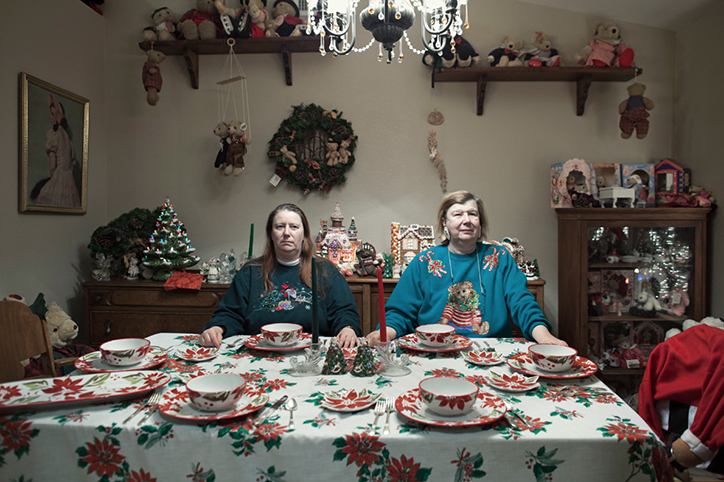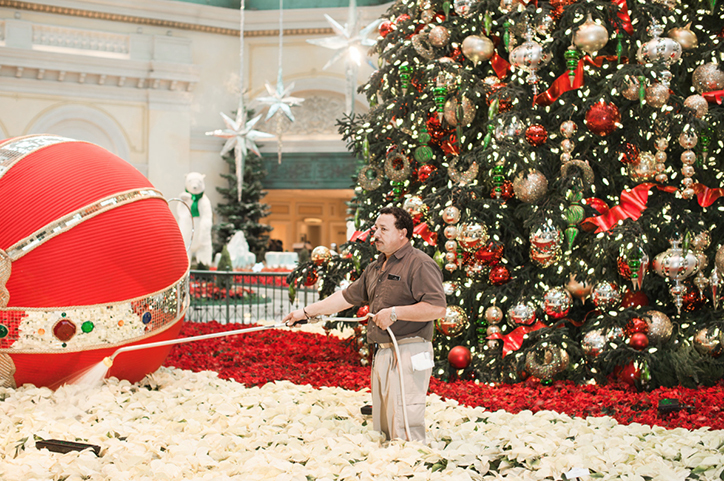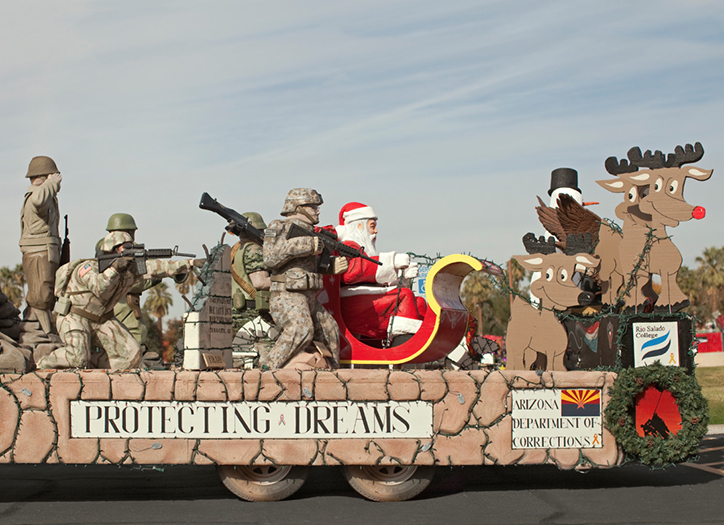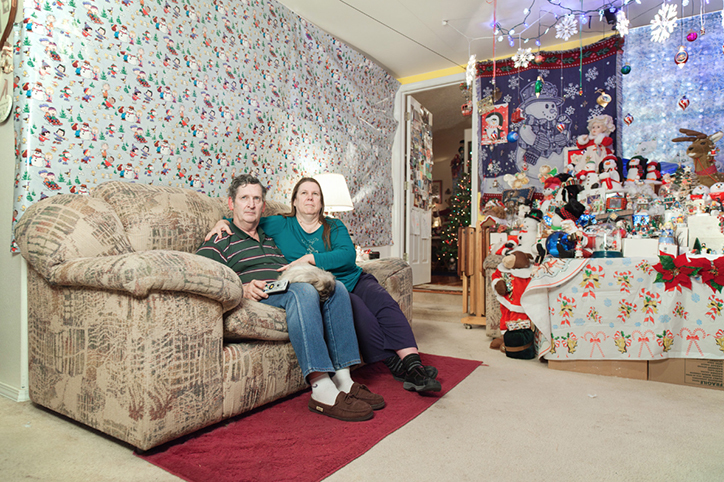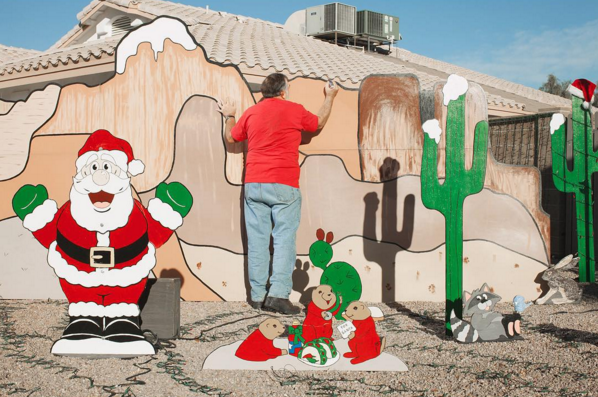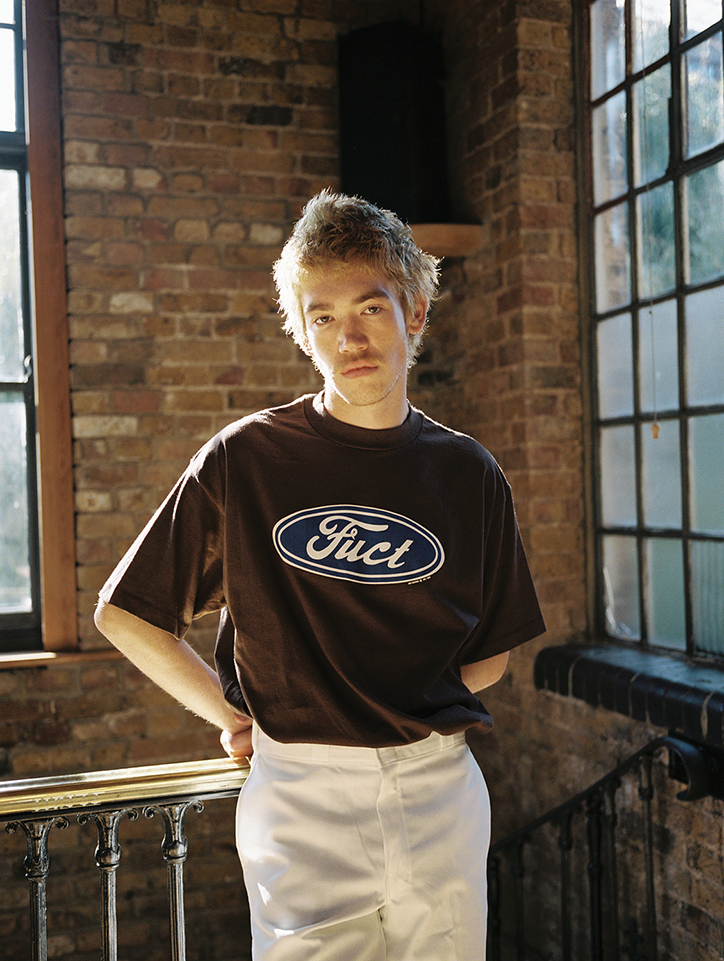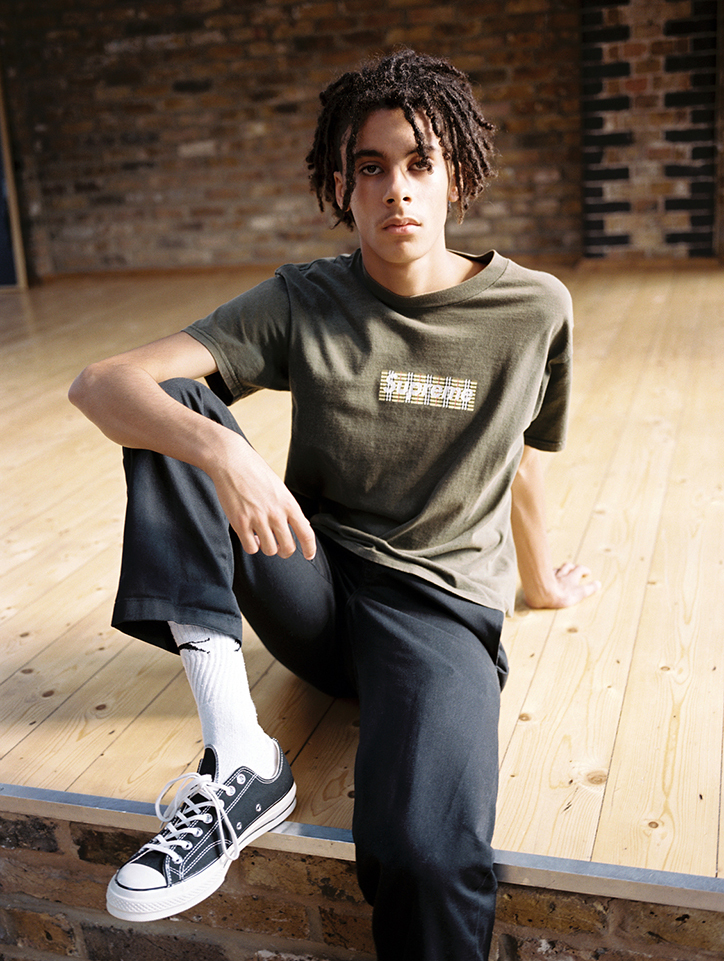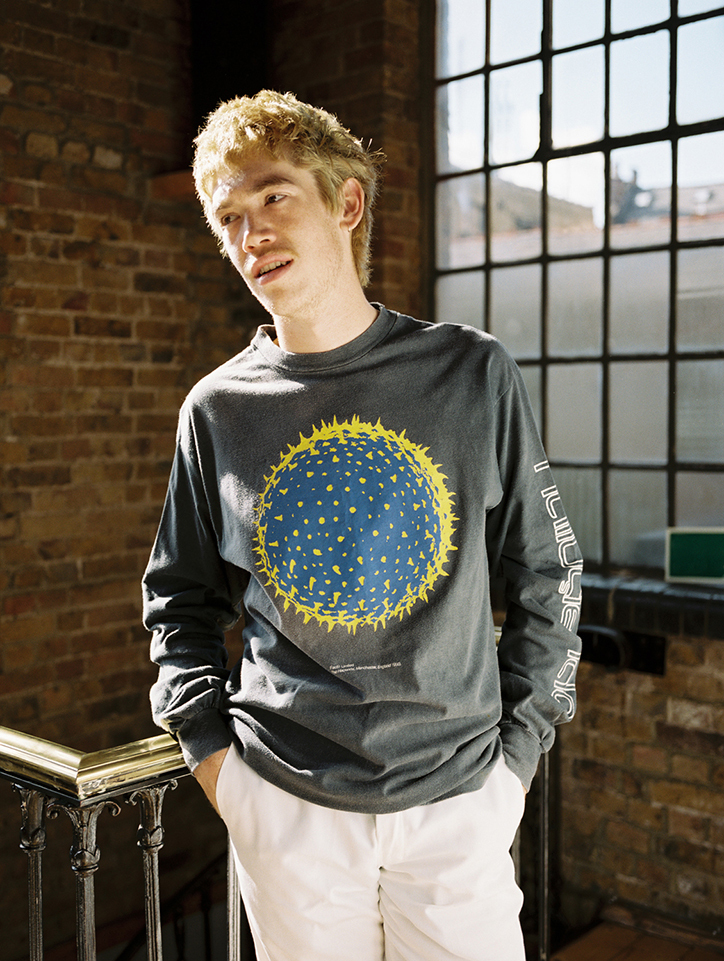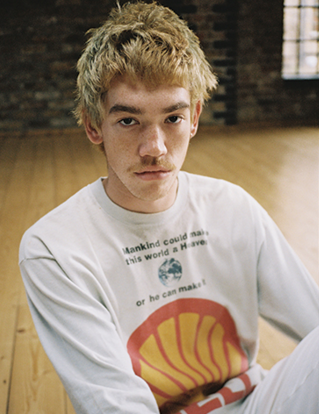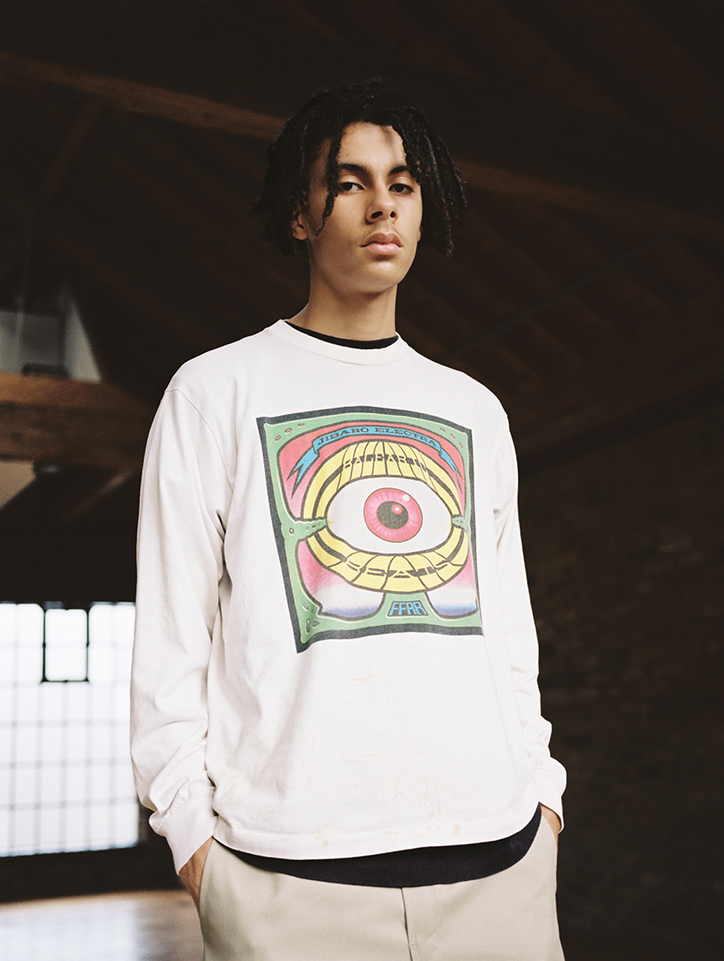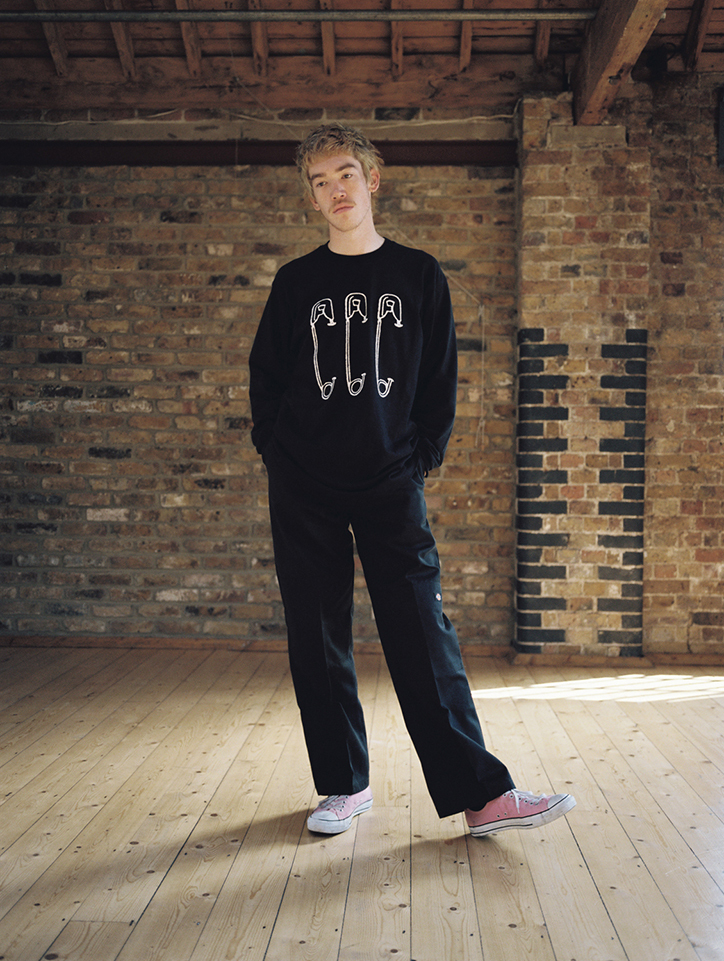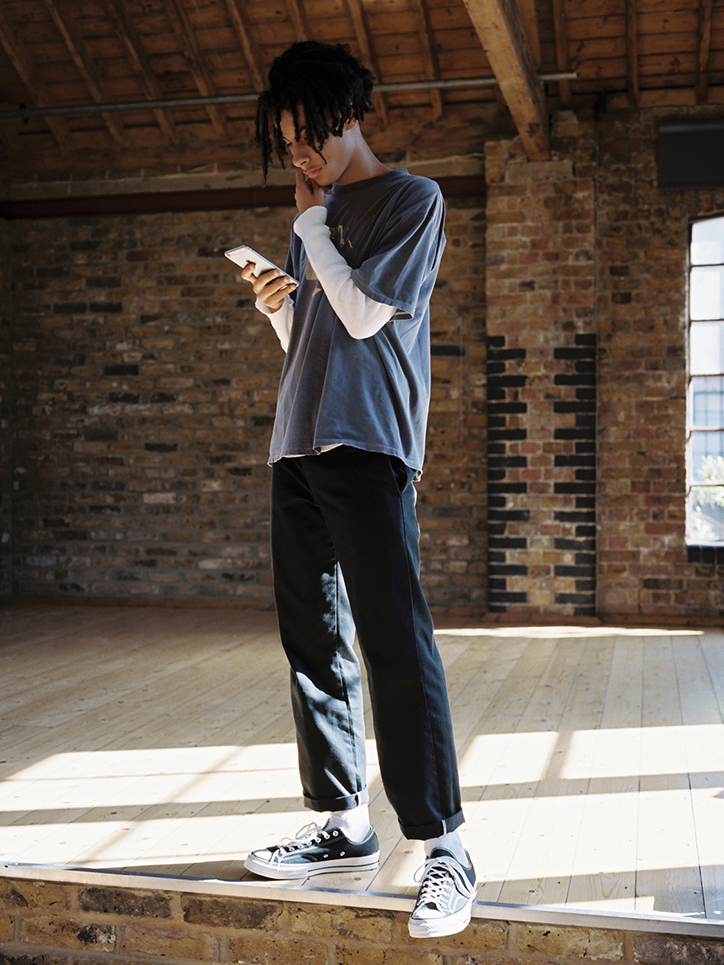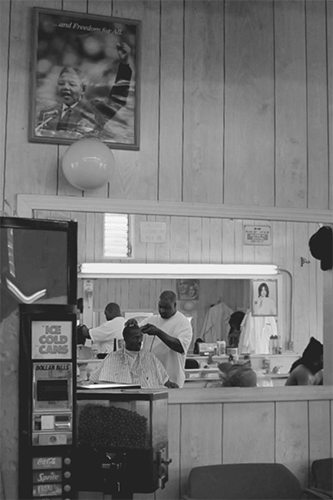Along a wall, I viewed photographs by Good Mike. The images chronicled heroin and cocaine users cooking on a white stove top and shooting up while sitting in a bathtub. Once viewers reach the end of the consecutive images they are greeted by a hooded figure passed out face-down on top of a mattress on the floor, a scary symbol that death's reality is lurking.
Performer Grits Capone, standing on an orange milk crate, said in his spoken word piece exclusive to the opening reception, "Death is inevitable, but baby patience is a virtue."
"What A Time To Be Alive" emerges as a theme and underlining message to Beauford's Poison because the exhibit reflects upon the parallels and choice of evocative experimentation and destruction resulting from drug use.
Subjects like hip-hop and streetwear intersect with drug culture because artists glorify the lean sipping, pill popping and blunt passing used in their creative processes. The excitement lies in the masterpieces being created; drugs are used as a celebratory aid. Hopson and Davis spoke to gallery patrons with Olde English 40 oz stuck to their hands.
Beyond the relevance of "What A Time To Be Alive" as Drake and Future's mixtape title, the phrase and the opening reception for Beauford's Poison actively describes a progressive environment.
A group of guests congregated outside the show. A girl named Morgan said, "It's nice to see them [referring to Poison artists] doing something. Growing up here, I did not see this progression in Pittsburgh."
By utilizing fashion and lifestyle outlet Keep Pittsburgh Dope to promote the show on Instagram to other actors in Pittsburgh popular culture, combined with the art itself showcased in Poison, Beauford illustrates there is no better time than now for people to create and offer positive output to their environment.
See artists Amani Davis, LinShuttr, Mathias Heavy, Good Mike and Hannibal Hopson's work at Sean Beauford's curated Poison at 707 Gallery on Wednesday and Thursday from 11 a.m. - 6 p.m., Friday and Saturday from 11 a.m. - 8 p.m., and Sunday 11 a.m. - 5 p.m. through January 10.
707 Penn AVE
Pittsburgh, PA 15222

